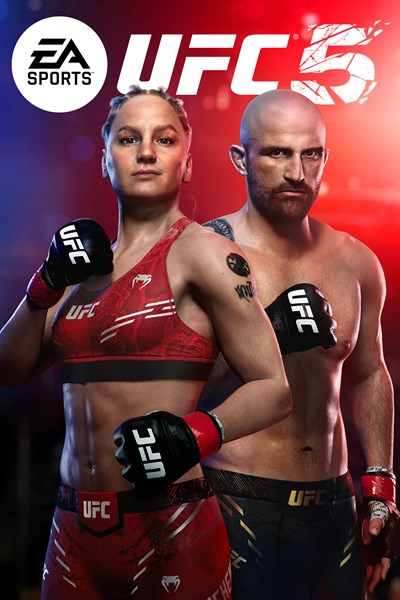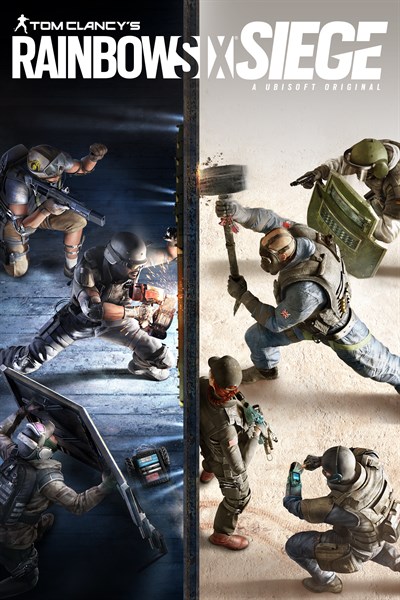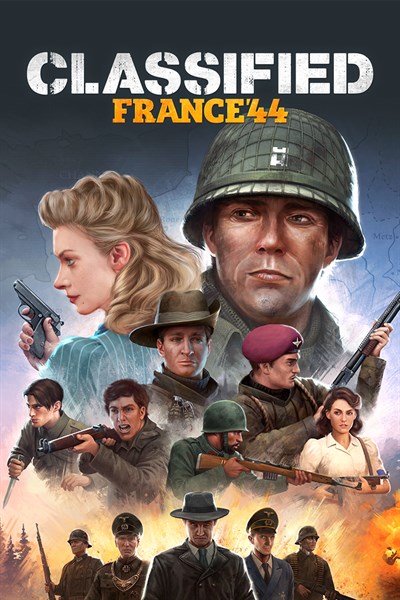Tony Hawk has said he’s talking to Activision again and is working on something Pro Skater-related with the company.
In an interview with Mythical Kitchen (via VGC), the world famous skater teased plans to celebrate Tony Hawk’s Pro Skater’s 25th anniversary later this year.
“I wish I could tell you more, but I can tell you that I have been talking to Activision again, which is insanely exciting. We’re working on something,” Hawk said. “That is the first time I’ve said that publicly.
“It will be something the fans will truly appreciate.”
Neither Activision nor parent company Microsoft has announced any new Tony Hawk’s Pro Skater plans. The series has been dormant since 2020’s well-received Tony Hawk’s Pro Skater 1+2, a set of remakes developed by Activision-owned studio Vicarious Visions before it was absorbed into Diablo developer Blizzard in 2022.
Speaking in 2022, Hawk said a follow-up remake collection was planned (Tony Hawk’s Pro Skater 3 + 4) before Vicarious Visions merged with Blizzard, but the dream died when Activision failed to find a video game pitch from other developers it was happy with.
“[Tony Hawk’s Pro Skater 3 + 4] was the plan, even up until the release date of [1 and 2],” Hawk said. “We were doing 3 and 4, and then Vicarious got kind of absorbed, and then they were looking for other developers, and then it was over.
“The truth of it is [Activision] were trying to find somebody to do 3 and 4 but they just didn’t really trust anyone the way they did Vicarious.
“So they took other pitches from other studios, like, ‘what would you do with the THPS title?’ And they didn’t like anything they heard, and then that was it.
“Who knows? Maybe when the dust settles, we’ll figure it out. You never know. I never would’ve thought we were going to do 1+2, 20 years later.”
Tony Hawk’s Pro Skater released on PSone on September 29, 1999, and went on to sell millions of copies and spawn subsequent sequels. As well as working with Activision on something new video game related, Tony Hawk is making a kids-focused animated TV show called Skatebirds, a title inspired by Hawk’s ‘Birdman’ nickname.
Photo by Sean M. Haffey/Getty Images.
Wesley is the UK News Editor for IGN. Find him on Twitter at @wyp100. You can reach Wesley at wesley_yinpoole@ign.com or confidentially at wyp100@proton.me.









